The Physics of Quantum Mechanics in Quantum Holography
Introduction
Quantum mechanics is a fundamental theory in physics that provides a description of the physical properties of nature at the scale of atoms and subatomic particles. Quantum holography is a subset of quantum mechanics that combines principles of holography and quantum theory to provide a new perspective on the structure and behavior of quantum systems.


Quantum Mechanics
Quantum mechanics is a branch of physics that deals with phenomena on a very small scale, such as molecules, atoms, and subatomic particles like electrons and photons. It is a fundamental theory in physics that provides a description of the physical properties of nature at the scale of atoms and subatomic particles. It is the foundation of all modern physics, including quantum chemistry, quantum field theory, quantum technology, and quantum information science.
The theory of quantum mechanics is based on several key principles and concepts, including the superposition principle, wave-particle duality, uncertainty principle, and quantum entanglement. These principles and concepts have been confirmed by a vast amount of experimental evidence and are widely accepted by the scientific community.
Quantum Holography
Quantum holography is a relatively new field that combines principles of holography and quantum mechanics. It is a theoretical framework that describes quantum systems in terms of holographic principles. In other words, it provides a holographic representation of quantum systems.
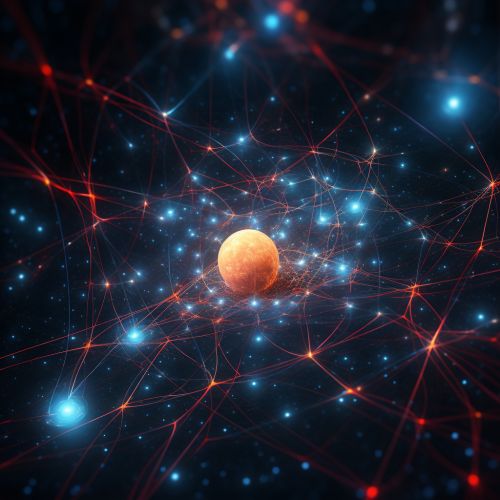
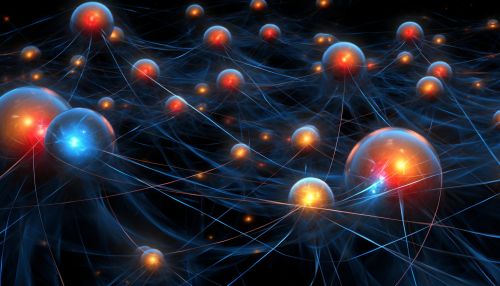
The concept of quantum holography was first proposed in the late 20th century and has since been developed and refined by several researchers. It is based on the idea that the information about a quantum system can be encoded in a two-dimensional surface, much like a hologram. This idea is often referred to as the holographic principle.
The holographic principle is a fundamental concept in quantum holography. It states that the information about a quantum system can be encoded in a two-dimensional surface. This means that the properties of the system can be described in terms of a hologram, a two-dimensional image that contains all the information about the three-dimensional system.
Principles of Quantum Holography
Quantum holography is based on several key principles, including the holographic principle, quantum superposition, and quantum entanglement. These principles are fundamental to the theory and provide the basis for its applications and implications.
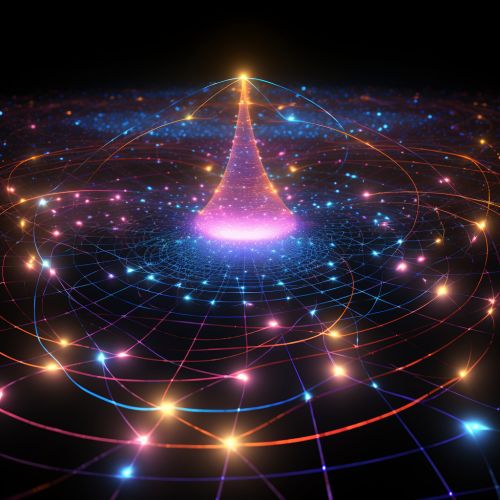
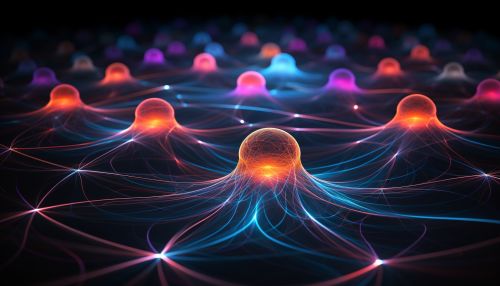
The holographic principle is a fundamental concept in quantum holography. It states that the information about a quantum system can be encoded in a two-dimensional surface. This means that the properties of the system can be described in terms of a hologram, a two-dimensional image that contains all the information about the three-dimensional system.
Quantum superposition is another key principle in quantum holography. It is the principle that a quantum system can exist in multiple states at the same time, and that the state of the system is not determined until it is measured.
Quantum entanglement is a phenomenon in which two or more particles become linked and can instantaneously affect each other's state, regardless of the distance between them. This phenomenon is fundamental to the theory of quantum holography and is used to explain the holographic nature of quantum systems.
Applications of Quantum Holography
Quantum holography has potential applications in a variety of fields, including quantum computing, quantum information science, and quantum gravity. These applications are still largely theoretical, but they have the potential to revolutionize our understanding of the quantum world and lead to new technologies.
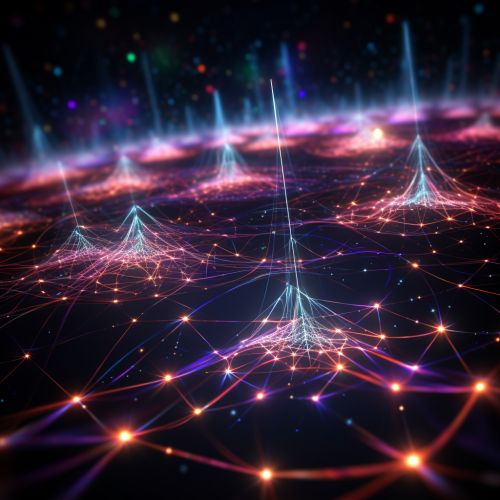

In quantum computing, quantum holography could be used to design new types of quantum computers that use holographic principles to process information. These computers could potentially be more powerful and efficient than traditional quantum computers.
In quantum information science, quantum holography could be used to develop new methods for encoding and transmitting quantum information. This could lead to new types of quantum communication systems and quantum encryption techniques.
In quantum gravity, quantum holography could provide a new way to describe the structure of spacetime and the behavior of gravity at the quantum level. This could lead to new insights into the nature of the universe and the fundamental laws of physics.
